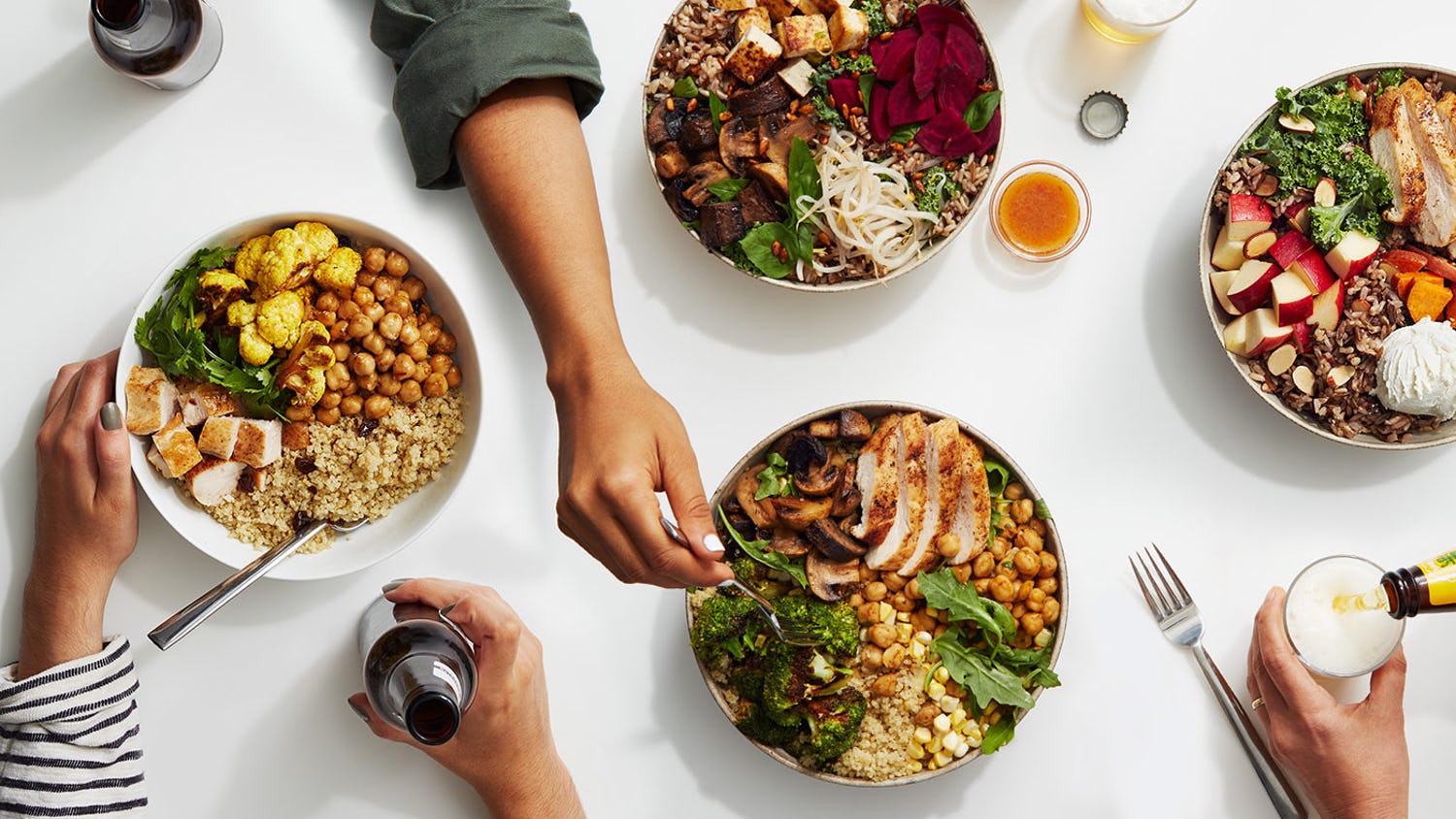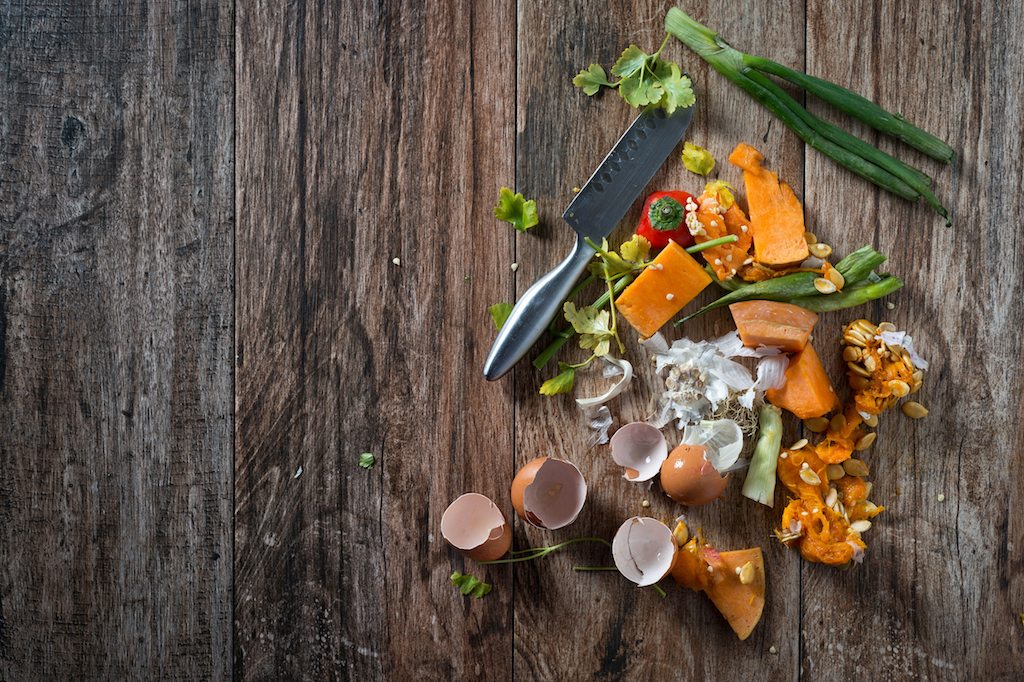Blurred lines. Food journalism is sometimes sensuous, and sometimes even provocative. But what it almost always offers is a bunch of references to consumer products. And of course, recommendations—from restaurants to recipes—have been key in driving readership for many decades. Given the ever-shrinking list of available revenue streams for lots of media enterprises, however, the temptation on the part of publishers to monetize those recommendations may well begin to affect how food is covered, in all types of media.
The affiliate e-commerce revenue model is driven by product recommendations (shorthand: publications make money not on ads, but rather a commission on reader click-through to retailer websites) and both New York magazine and the New York Times announced last week they’d be adding that model to their online revenue streams. Here’s where it could get fun–and murky–for what we do in food journalism. The announcements stirred up a dust cloud of digital diatribes about the true nature of “service journalism,” a term you don’t get to hear too often, and one that is often inextricably linked to our trade.
“Service journalism” is an insider-y (and oft diminishing) descriptor for the most ubiquitous of all types. Lists, best-ofs, roundups: all are examples of service journalism. Slightly more crass, perhaps, is the term “refrigerator journalism.” But all that really means is the kind of piece you post on the fridge because it’s two important things: a.) helpful, and b.) entertaining. It lends itself especially well to writing about food (think: “20 best breakfast sandwiches that don’t include eggs” and the like).
Service journalism is sometimes considered the stock-in-trade of hurried digital editors working in new media content farms. But its origins are more deeply rooted in city magazines like New York. When the magazine’s founder Clay Felker died in 2008, writer and columnist Kurt Andersen described the particular brand of service-with-a-side-of-savoir-
Product recommendations aren’t really new to the Times or New York, both of which have previously dabbled in that business—in book lists for the former and in the Strategist section of the latter’s print edition. What’s new here is that both have justified adding product recs to their rosters (which pissed a slew of Times readers off) by padding the move with a lot of pro-service journalism lingo.
David Haskell, New York’s deputy editor told NeimanLab in a recent story on the launch of its new Strategist site, “We found ourselves interested in being somewhere in the middle and then applying qualities of our journalism. We try to be as authoritative as we can in pieces where we want to really drill down and discover the best, but we also value writerly flair and wit.”
During a year when an investigative food story (which some would argue is the highest form of service journalism) won a Pulitzer Prize and the Times announced it’s getting into product recommendations, it isn’t quite clear where that true “middle” will lie for the future of food journalism.











